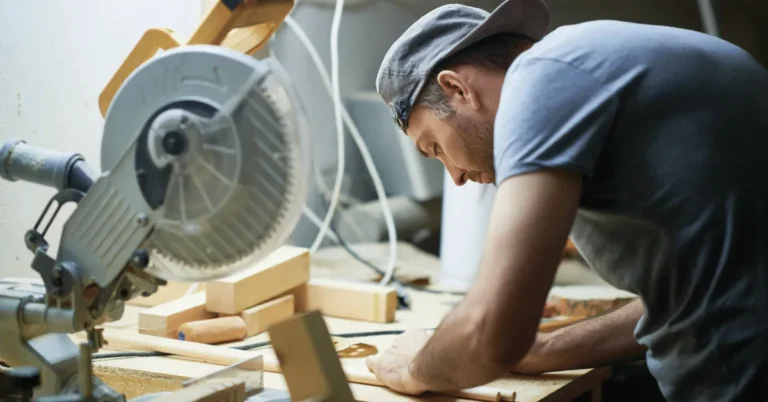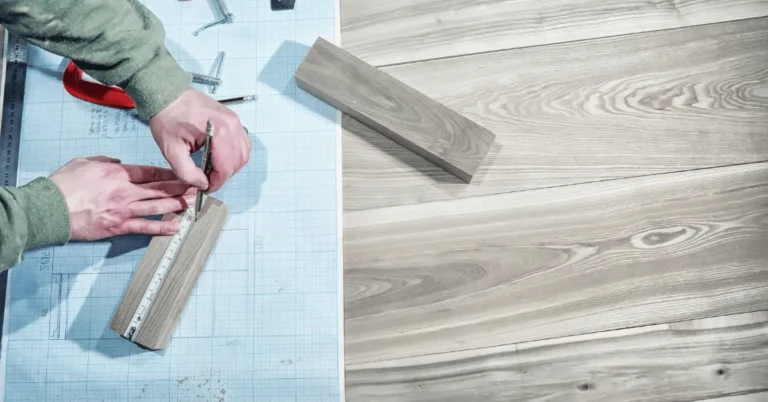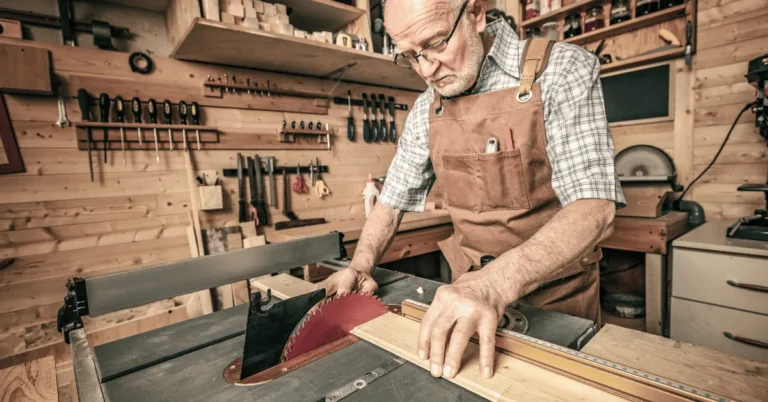Examples of Hand Tools and Their Uses (Learn Easily)
In this guide, you will learn about “Examples of Hand Tools and Their Uses.”
The Most Important Headings in this Article:
- What are hand tools?
- What are some common uses for hand tools?
- How do I choose the right-hand tools for my needs?
And so much more, let’s dive right in.
Key Takeaways – Examples of Hand Tools and Their Uses
- Prioritize safety: Choose the right tool and maintain a safe workspace.
- Assess project needs: Select tools tailored to your specific requirements.
- Quality matters: Invest in durable, ergonomic hand tools for efficiency.
- Seek professional advice: Recommendations and reviews guide tool selection.
- Know your tools: Understand the purpose and types of hand tools.
- Versatile applications: Hand tools are essential for DIY and professional projects.
Table of contents
- Key Takeaways – Examples of Hand Tools and Their Uses
- What are hand tools?
- What are the different types of hand tools?
- What are some common uses for hand tools?
- How do I choose the right-hand tools for my needs?
- How do I use hand tools safely?
- 10 examples of hand tools and their uses
- Important FAQs related to 10 Examples of Hand Tools and Their Uses
- Final Thoughts on 10 Examples of Hand Tools and Their Uses
What are hand tools?
Hand tools are the trusty companions of every DIY enthusiast. These tools are meant for manual use, no external power needed. They are essential for a wide range of tasks, from simple repairs to complex projects.
Hand tools come in various shapes, sizes, and functions, each serving a specific purpose. From hammers and screwdrivers to wrenches and pliers, these tools are the backbone of any toolbox.
One of the primary advantages of hand tools is their portability. Hand tools are portable and versatile, while power tools rely on a power source or batteries.
Whether you’re working in your garage or tackling a project outdoors, hand tools are always ready to assist you.
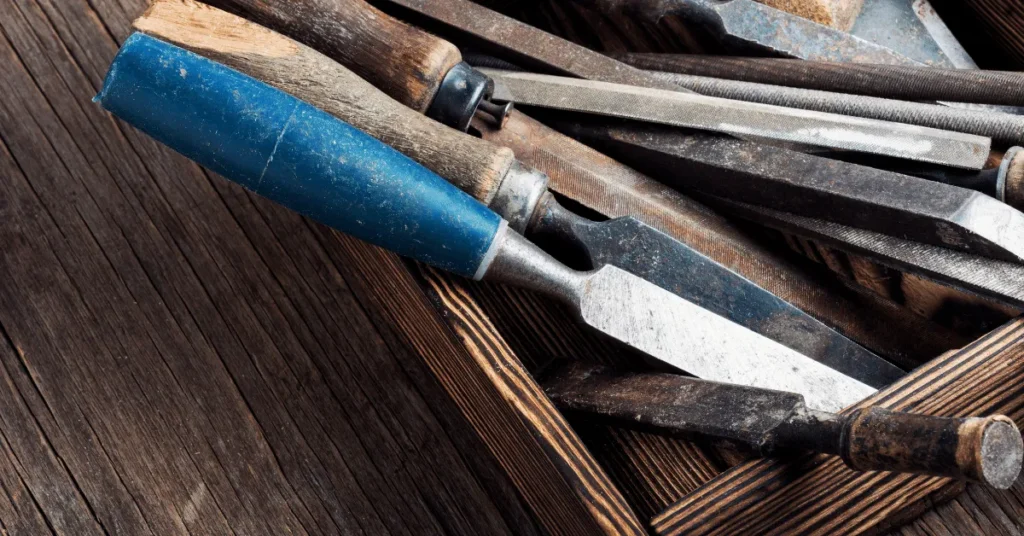
Moreover, hand tools offer greater control and precision. Their manual operation allows you to have a better feel for the task at hand, ensuring accurate results.
Whether you’re tightening a screw or cutting a piece of wood, hand tools give you the confidence to do it right.
What are the different types of hand tools?
Hand tools are indispensable for both DIY enthusiasts and professional tradespeople. They offer versatility, dependability, and user-friendly operation.
Whether you are working on a home improvement project or a construction site, having the right-hand tools can make all the difference. In this article, we will explore the different types of hand tools and their uses.
Screwdrivers
People use screwdrivers, which are found in almost every toolbox, to precisely tighten and loosen screws.
There are different types of screwdrivers, including flathead, Phillips head, and Torx. Each kind is made for particular screw shapes and sizes.
Wrenches
Wrenches serve the purpose of tightening or loosening nuts and bolts. They come in various sizes and types, such as adjustable wrenches, socket wrenches, and open-end wrenches. Each type of wrench has its advantages and is suitable for different applications.

Pliers
Versatile hand tools that people use for gripping, bending, and cutting are pliers. They come in different shapes and sizes, including long-nose pliers, diagonal pliers, and slip-joint pliers. People commonly use pliers in electrical work, plumbing, and general repairs.
Hammers
Hammers are indispensable tools for driving nails, removing nails, and shaping materials. They come in various forms, such as claw hammers, ball-peen hammers, and rubber mallets. Designers create each type of hammer for specific tasks and materials.
These are just a few examples of the different types of hand tools available. Each tool serves a specific purpose and can make your DIY or professional projects much easier. It’s important to choose the right tool for the job to ensure efficiency and safety.
What are some common uses for hand tools?
Hand tools are an essential part of any toolbox, whether you are a professional tradesperson or a DIY enthusiast.
These versatile tools have a wide range of uses and can help you complete various tasks around the house or on the job site. Here are some common uses for hand tools:
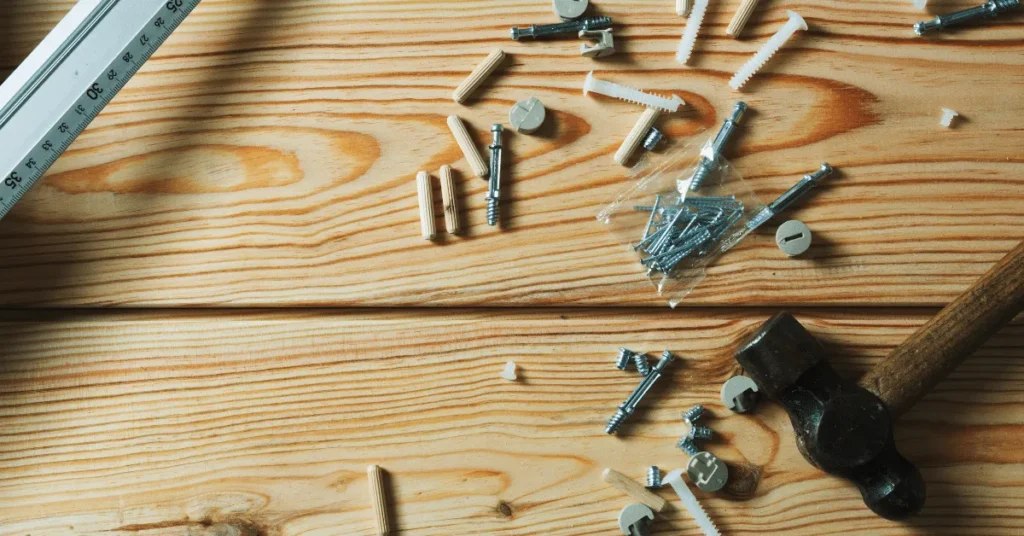
1. Measuring and Marking
People use hand tools like tape measures, rulers, and levels to measure and mark.Whether you are hanging a picture frame or building a piece of furniture, accurate measurements are crucial for a successful outcome.
2. Cutting and Shaping
People use tools like saws, chisels, and files to cut and shape materials. From cutting through wood to shaping metal, these tools provide precision and control.
3. Fastening and Loosening
People commonly use screwdrivers, wrenches, and pliers to fasten and loosen screws, nuts, and bolts. These tools come in various sizes and types to accommodate different fasteners.
These are just a few examples of the common uses for hand tools. Whether you are working on a small home improvement project or tackling a larger construction job, having the right-hand tools can make all the difference in achieving professional results.
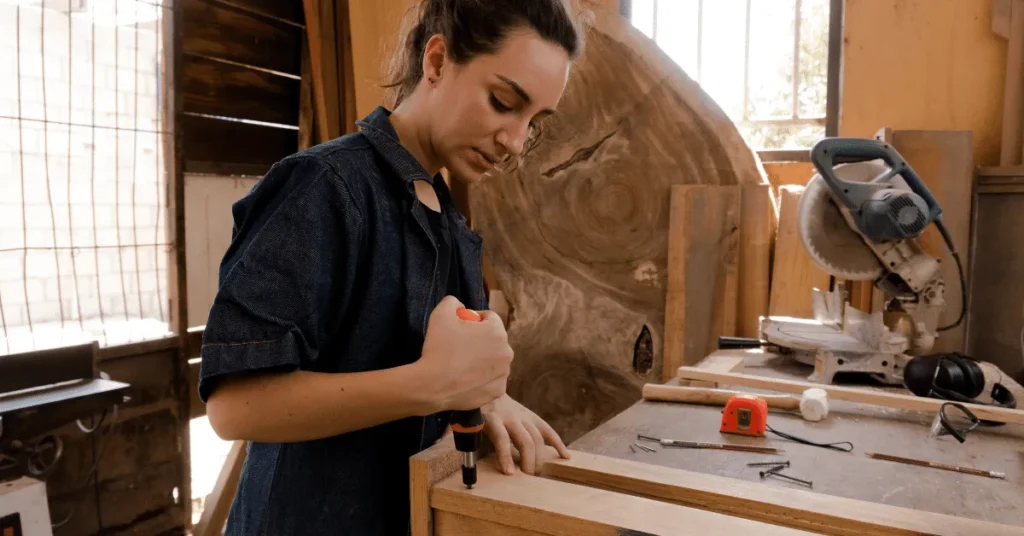
How do I choose the right-hand tools for my needs?
When it comes to tackling projects around the house or in the workshop, having the right-hand tools can make all the difference. With so many options available, how can you choose the ones that best suit your needs?
The first step is to assess the type of projects you frequently work on. Are you a DIY enthusiast who enjoys woodworking or home repairs? Or are you a professional tradesperson who needs reliable tools for daily use?
Once you’ve identified your needs, it’s time to consider the quality of the hand tools. Investing in high-quality tools may cost more upfront, but they will last longer and provide better performance in the long run.
Look for tools made from durable materials such as stainless steel or carbon steel.

Ergonomics is another crucial factor to consider. Using tools that are ergonomically designed for comfort can alleviate fatigue and enhance productivity. Look for handles with a comfortable grip and consider the weight of the tool.
Next, think about the specific tools you require. A basic toolkit should include essentials like a hammer, screwdrivers, pliers, and a tape measure.
However, depending on your projects, you may also need specialized tools such as a wrench set, a level, or a utility knife.
Lastly, don’t forget to read reviews and seek recommendations from professionals or experienced DIYers. They can provide valuable insights into the performance and durability of different hand tools.
How do I use hand tools safely?
Using hand tools can be a rewarding and fulfilling experience, but it is important to prioritize safety to avoid accidents and injuries.
Whether you are a beginner or an experienced DIY enthusiast, following these guidelines can help ensure your safety while working with hand tools:
Here are the best tips
Choose the right tool for the job: Selecting the appropriate tool for the task at hand is crucial. Using the wrong tool can lead to accidents and damage to the tool itself.
Inspect your tools: Before using any hand tool, thoroughly inspect it for any signs of damage or wear. You should replace or repair cracked handles, loose parts, or dull blades before using them.
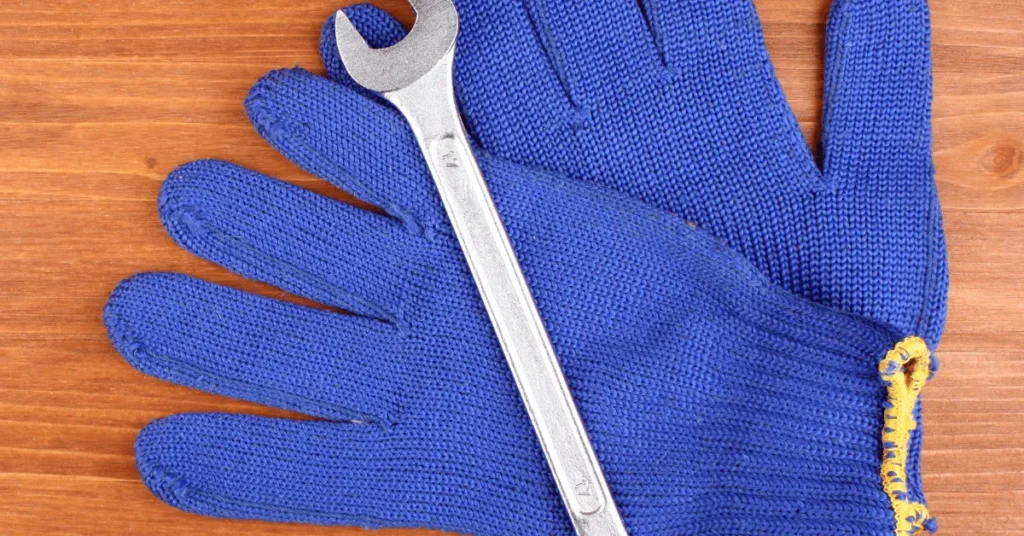
Wear protective gear: Always wear the necessary protective gear, such as safety goggles, gloves, and ear protection, when working with hand tools. This will shield you from potential hazards and reduce the risk of injuries.
Maintain a clean and organized workspace: A cluttered workspace can increase the chances of accidents. Keep your work area clean, well-lit, and free from any obstructions to ensure safe tool usage.
Use tools with a secure grip: Make sure you have a firm grip on the tool while using it. Slippery or loose handles can result in accidents, so consider using gloves or adding grip tape to improve your hold.
Follow proper technique: Learn and practice the correct techniques for using each hand tool. Mishandling can result in accidents and injuries. Take the time to educate yourself through tutorials, classes, or guidance from experienced individuals.
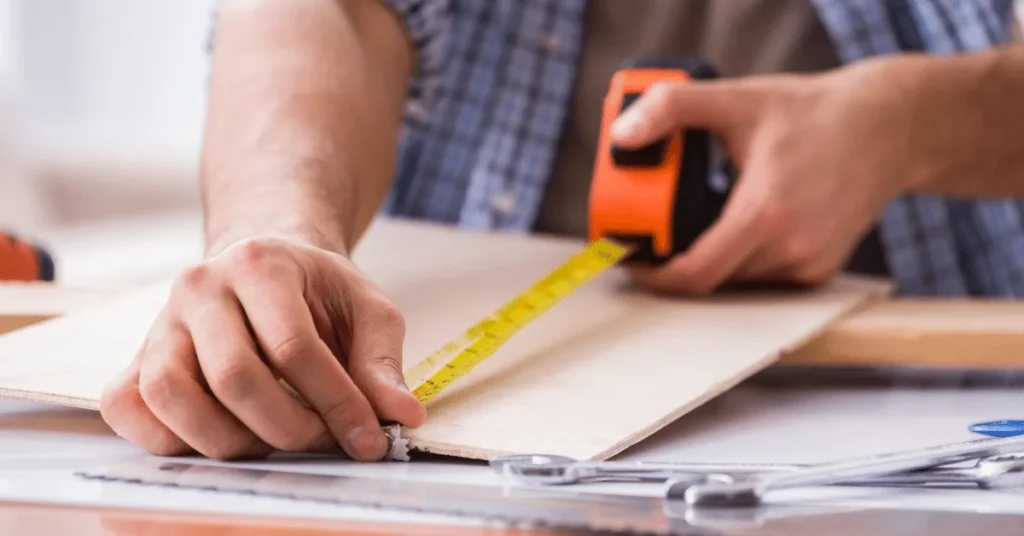
Store your tools safely: After using your hand tools, store them in a designated area where they are protected from damage and out of reach of children or pets.
By following these safety guidelines, you can enjoy the benefits of using hand tools while minimizing the risk of accidents. Remember, safety should always be your top priority when working with any tool.
10 examples of hand tools and their uses
1. Screwdriver
A screwdriver is a hand tool used for turning screws and fasteners. It has a handle and a shaft with a tip that fits into the screw head. Screwdrivers come in various sizes and types, such as flathead and Phillips.
2. Hammer
A hammer is a versatile tool used for driving nails, removing nails, and shaping metal. It consists of a handle and a metal head with a flat or curved striking surface.
3. Pliers
Pliers are used for gripping, bending, and cutting wires and other materials. They have two handles connected by a pivot, allowing for increased force and control.

4. Wrench
A wrench is a tool utilized for grasping and rotating nuts, bolts, and various fasteners. It has a handle and a jaw-like structure that adjusts to fit different sizes.
5. Tape Measure
A tape measure is a pliable ruler designed for measuring distances. It typically has markings in both inches and centimeters.
6. Utility Knife
A utility knife is a sharp, retractable blade used for cutting various materials, such as cardboard, plastic, and carpet.
7. Chisel
A chisel is a cutting tool with a sharp blade used for carving, shaping, and cutting through wood or metal.

8. Hand Saw
A hand saw is a tool with a serrated blade used for cutting wood and other materials. It typically has a handle for grip and control.
9. Level
A level is a tool used for determining if a surface is horizontal or vertical. It typically consists of a bubble vial and a straight edge.
10. File
A file is a tool with a rough surface used for smoothing, shaping, and removing material from surfaces. It is commonly used on metal and wood.
Important FAQs related to 10 Examples of Hand Tools and Their Uses
Safety is crucial when working with hand tools. Always wear protective gear, choose the right tool for the job, inspect your tools for damage, and follow proper techniques to prevent accidents and injuries.
To choose the right-hand tools, assess your project needs, consider tool quality and ergonomics, identify the specific tools required, and seek recommendations from experienced individuals or read reviews for guidance.
Screwdrivers come in different types, including flathead, Phillips head, and Torx. Each type is designed for specific screw types and sizes, so choose the one that matches your task for precision.
Pliers are versatile tools used in electrical work for gripping, bending, and cutting wires. Different types of pliers, such as long-nose and diagonal pliers, offer specific functionalities in electrical tasks.
A clean and organized workspace reduces the risk of accidents when using hand tools. It ensures a clutter-free, well-lit area with no obstructions, promoting safe tool usage.
Final Thoughts on 10 Examples of Hand Tools and Their Uses
In conclusion, “10 Examples of Hand Tools and Their Uses” highlights the significance of hand tools in various projects, emphasizing their versatility, precision, and portability.
Whether you’re a DIY enthusiast or a professional, choosing the right tools is paramount. Prioritize safety, use the right tool for each task, and maintain a clean workspace.
Now, it’s your turn. We’d love to hear your thoughts and experiences with hand tools. Share your insights or questions in the comments below.
If you found this article helpful, don’t forget to share it with others who might benefit from it. Together, we can build a community of knowledgeable and skilled craftsmen and women.
Read More:


